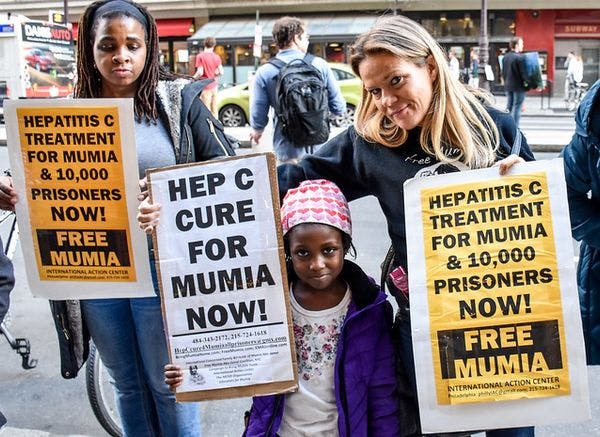Flickr, (CC BY-NC 2.0) Joe Piette
Élimination des infections par le virus de l’hépatite C parmi les usagers de drogues : Assurer un accès équitable à la prévention, au traitement et aux soins pour tous
Pour aller de l’avant, les défis à relever sont de s’assurer que les nouvelles infections soient évitées et que les personnes vivant avec le VHC soient dépistées et orientées vers les services de santé, qu’elles reçoivent un traitement, un suivi approprié et qu’elles bénéficient d’un accès équitable aux soins. Pour en savoir plus, en Anglais, veuillez lire les informations ci-dessous.
There have been major strides towards the World Health Organization goal to eliminate hepatitis C virus (HCV) infection as a global public health threat. The availability of simple, well-tolerated direct-acting antiviral therapies for HCV infection that can achieve a cure in >95% of people has provided an important tool to help achieve the global elimination targets. Encouragingly, therapy is highly effective among people receiving opioid agonist therapy and people who have recently injected drugs. Moving forward, major challenges include ensuring that new infections are prevented from occurring and that people who are living with HCV are tested, linked to care, treated, receive appropriate follow-up, and have equitable access to care.
This editorial highlights key themes and articles in a special issue focusing on the elimination of HCV among people who inject drugs. An overarching consideration flowing from this work is how to ensure equitable access to HCV treatment and care for all. This special issue maps the field in relation to: HCV prevention; the cascade of HCV care; strategies to enhance testing, linkage to care, and treatment uptake; and HCV treatment and reinfection. In addition, papers draw attention to the ‘risk environments’ and socio-ecological determinants of HCV acquisition, barriers to HCV care, the importance of messaging around the side-effects of new direct-acting antiviral therapies, the positive transformative potential of treatment and cure, and the key role of community-based drug user organizations in the HCV response.
While this special issue highlights some successful efforts towards HCV elimination among people who inject drugs, it also highlights the relative lack of attention to settings in which resources enabling elimination are scarce, and where elimination hopes and potentials are less clear, such as in many low and middle income countries. Strengthening capacity in areas of the world where resources are more limited will be a critical step towards ensuring equity for all so that global HCV elimination among PWID can be achieved.
Read the full article [restricted access]
